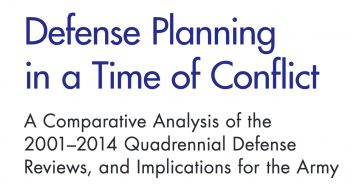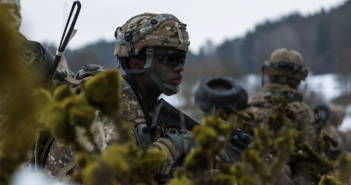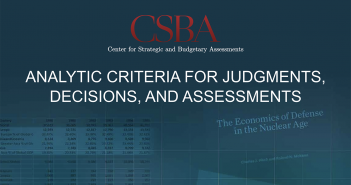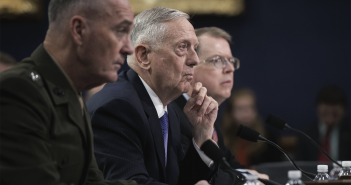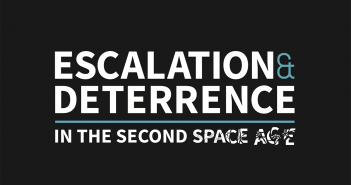Your single destination for high-quality content from top think tanks around the world. Fresh reports and analysis as they are released to ensure valuable thought leadership work isn’t lost in the daily noise.
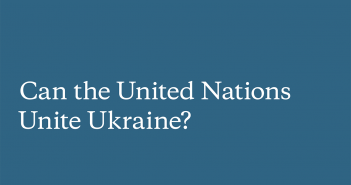
Hudson Institute: ‘Can the United Nations Unite Ukraine?’
“Can the United Nations Unite Ukraine?” a February 2018 report from the Hudson Institute, written by Richard Gowan, non-resident fellow and research director at New York University’s Center on International Cooperation, and a senior policy fellow at the European Council on Foreign Relations, proposes ways in which NATO could intervene in Ukraine without launching a formal NATO or EU mission in the country — which the author calls “politically inconceivable” at this point in time. “More credible alternative options include: an operation under U.N. command involving military, police and civilian components; a mission involving an independent military Multinational Force (MNF); and U.N.-led police and civilian elements,” he writes. He adds that the chosen option will have to ensure “a stable and secure environment throughout the Donbas,” enable “elections for representatives to the Ukrainian Rada in eastern Ukraine” and supervise “public order and the civilian dimensions of reintegration.”

